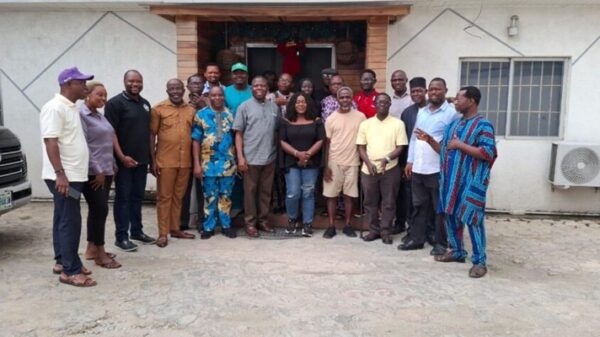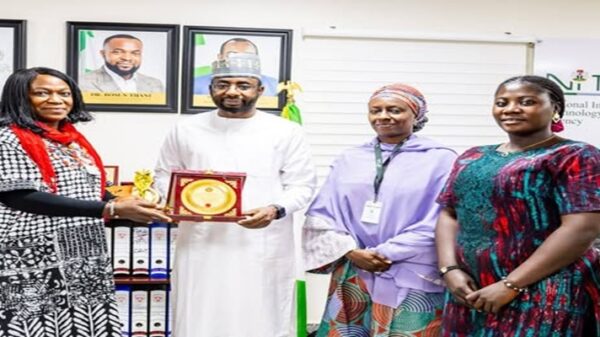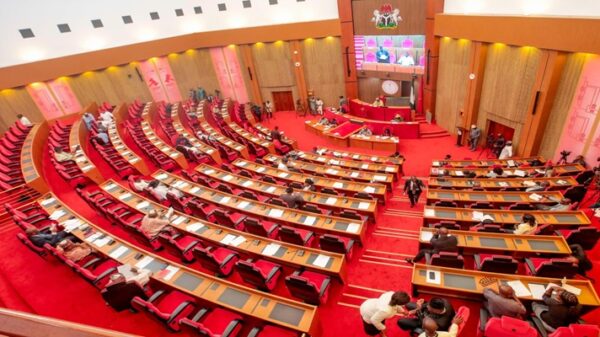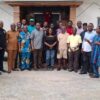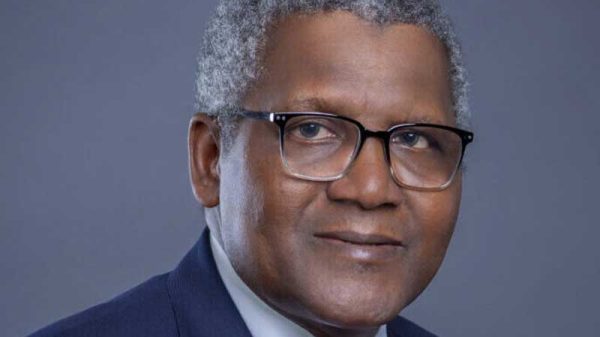The software we use today is different from what was used the past decade. Instead of a monolithic application on one server, we now have many services connected distributed across multiple machines.
From social media to online shops, these setups enable us to process greater volumes, work faster, and be more reliable. But there’s a big challenge: enabling these systems to be resilient enough to operate in the event of failure and capable of scaling as needed. This means they need to withstand many users and deal with computer problems without crashing. It’s a distinct field of engineering which requires people to understand how to build a functional system from parts with potential vulnerabilities.
Experienced engineers understand how to develop and manage these setups. They need to analyze the broader context and how all the parts work together. Hameed Abdulrahaman is a senior software engineer who’s great at distributed systems and event-driven architectures. He creates the basic parts that make products work well and continuously optimize. Hameed understands that a product is only as good as the system it runs on, and he ensures that the system can handle substantial increases in demand in the future.
A key idea in Hameed’s designs involves creating systems that can continue operating and evolving, even if some parts fail. He anticipates possibilities of developments going wrong. So he designs systems with redundant components, so if one server experiences a failure, another can take over with no disruption to the service. He employs methods like automatic switch-over, load balancing, and sharding, which distribute the workload and data across multiple machines. By anticipating potential issues from the start, Hameed ensures his products can handle big traffic spikes without slowing down or crashing.
An important feature of his work is implementing event-driven setups. This is an approach to enable services to interact with one another asynchronously and independently. Instead of a direct communication channel where one service requests and another responds, Hameed’s systems use events. For example, when a user makes a purchase, that action is sent out as an event. Different services, like billing, shipping, or notifications, can subsequently respond to that event at their convenience. This makes the entire system more reliable, flexible, and easier to update with greater speed and simplicity.
To keep things consistent and reliable, Hameed uses methods. He uses consensus algorithms, like Raft or Paxos, to guarantee all machines in the system agree on a consistent data set. For a mobile banking platform, this signifies a payment is never duplicated or lost, even if a server fails. Regarding data management, he uses event sourcing, which stores a comprehensive log of every event that changes the app. This provides a mechanism to review the sequence of events for debugging errors and analyzing problems. It also allows for functionalities such as reverting to any point in the product’s history. Finally, he plans systems using CQRS (Command Query Responsibility Segregation), which keeps the writing of data separate from the reading of it. This allows him to improve each part independently, ensuring the user interface maintains its speed even when complex operations are processing in the background.
Hameed’s work reveals that the most engineering happens behind the scenes. Because he understands distributed systems, he can build products that are innovative, reliable, and dependable. He builds a strong system which enables the rest of the team, from product managers to designers, to have confidence in their work, assured that the product is designed for long-term use.
Hameed Abdulrahaman’s work shows that an engineer is an architect in maintaining reliability. He ensures products are fast, functional, and robust enough to handle the demands of today’s digital world.
![]()

